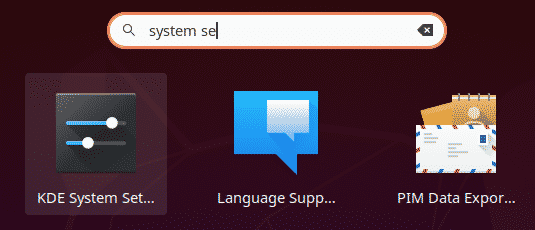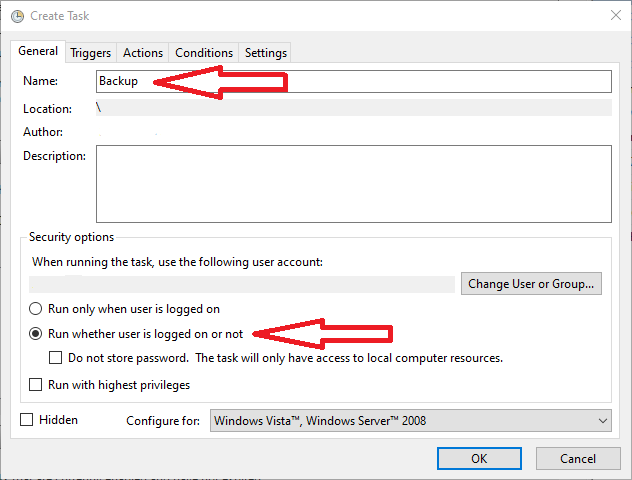

This can be accomplished with an immutable backup solution that creates snapshots which cannot be altered and maintains backups in a read-only state so they cannot be encrypted by ransomware.
#Backup scheduler in linux software#
We recommend using a folder comparison and synchronization software like FreeFileSync to determine the differences between a source and a target folder, so only the minimum amount of data necessary is transferred.īecause ransomware attacks typically spread across the network, including the backup environment, backups must be protected from malware in order to survive a ransomware attack. Recovery time objectives should be established based on an acceptable period of downtime, as restore time will often determine the true impact of a ransomware attack. So why are ransomware victims often unable to restore their systems from their backups? Nearly every admin and organization does backups however, there are certain principles that must be followed in order to implement a secure, successful data backup strategy.ĭata should be backed up frequently to meet recovery point objectives and keep potential data loss to an acceptable level. Through a combination of advanced encryption and effective extortion mechanisms, a ransomware attack can have severe, lasting repercussions for victims including data loss, reputation harm, recovery costs and extensive downtime.ĭata backup remains the best defense against data loss should you suffer a ransomware attack, and 56 percent of organizations recover their data from backups, compared to 26 percent by paying the ransom.
#Backup scheduler in linux windows#
While 85% of ransomware attacks still target Windows systems, Linux is becoming an increasingly popular target due to the high value of the devices it powers such as servers that administer enterprise and government networks, web services and massive databases owned by organizations that can afford to pay to have operations and critical data restored after an attack. Ransomware dominates security news headlines daily, and is no longer a threat to Windows users alone. Thus, an effective backup plan should be viewed as a critical “layer” of any successful cybersecurity strategy. It should be noted that by implementing a proactive, defense-in depth security strategy and engaging in security best practices such as keeping servers and endpoints up-to-date, implementing the principle of least privilege for user accounts, closely monitoring network activity and system logs and auditing systems regularly, users can greatly reduce their ransomware risk - but cannot eliminate it entirely. By using a cloud-based Linux backup tool such as the four tools we highlight in this article, admins can automate backup scheduling to ensure they don’t forget to backup critical files regularly - one of the most common challenges in implementing a successful backup strategy. This will ensure that your backups are ready to be restored to a new or the same server in order to get your system functioning again after a ransomware attack.

In order to prevent data loss should you experience a ransomware attack, it is extremely important to regularly backup your desktop and server, make sure that the files you create are not corrupted, and that these files are stored in a secure location such as an external hard drive or SSD. Timeshift Kbackup Rsync Duplicati Amanda Bacula Top Linux Backup Tools Comparison Table What Is Data Backup & How Can It Mitigate the Risk of Data Loss from a Ransomware Attack?ĭata backup involves copying or “backing up” critical files to a secure and high-performing external system to avoid a single point of failure (SPOF).

In this article, you'll learn about our six favorite Linux backup solutions, and how they compare: This article will explore the concept of data backup, explain why implementing a successful backup strategy is critical in mitigating data loss in the event you get hit with ransomware, and introduce six backup tools we love for conveniently and securely backing up files on Linux desktops, servers and enterprise systems. Linux ransomware is on the rise, and an attack on your system could result in the loss of critical data and significant downtime - if important files have not been backed up frequently and stored securely.Īs a Linux user, you experience the best of both worlds - you can do almost anything under Linux, but you can also lose almost everything without an effective backup plan in place.


 0 kommentar(er)
0 kommentar(er)
